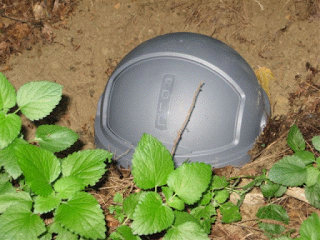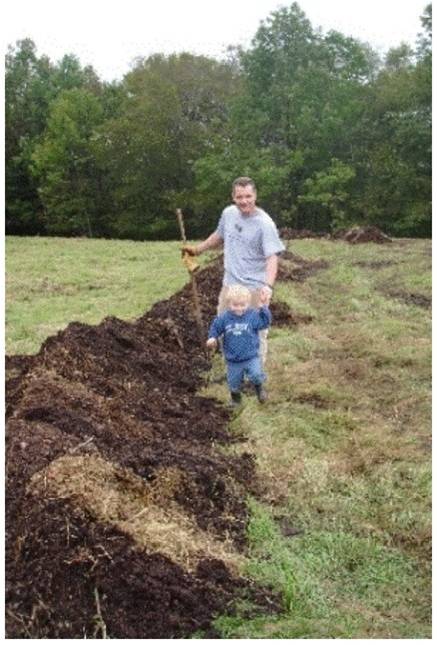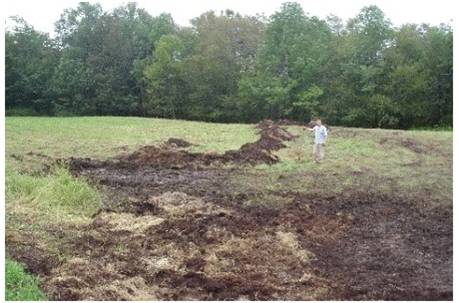If you find this is an issue, I have a solution— biochar. At the Common Ground Fair this year, Todd from Char-Cola (www.char-cola.com) came to my booth to ask whether I had used biochar in my compost collection container. I told him that I had not, he offered me a 1 quart sample to try. I did some reading to ensure that using biochar in my worm bins would harm my worms. Not surprisingly, it doesn’t.
Time for a vermicomposting experiment! A few weeks after the fair, I tried about a quarter cup of biochar on top of our compost collection container and then let it sit covered in the basement to get ripe and simulate what some families might experience. I was surprised that it didn’t smell too bad (rotting potato peels and onion pieces can smell pretty bad). I added the food waste with the biochar to a corner of my bin and marked the corner. Whenever adding something new to your worm bin always add in the corners. Over the next month, I observed that bin as I added food waste to that bin with biochar. During a vermicomposting experiment, I monitor that bin and check the corners. If the worms don’t like what was added they will move away. Adding the biochar to the food didn’t cause the worms to move away and when I peeked in that corner the smell was not too bad. I then monitored that bin for 2 months and everything is fine. I have not tried biochar in my outdoor composting bin, but I cannot imagine that there would be any problems.
I would recommend biochar for those families who have concerns about keeping a compost collection container in their kitchen.
Cheers!




 RSS Feed
RSS Feed

